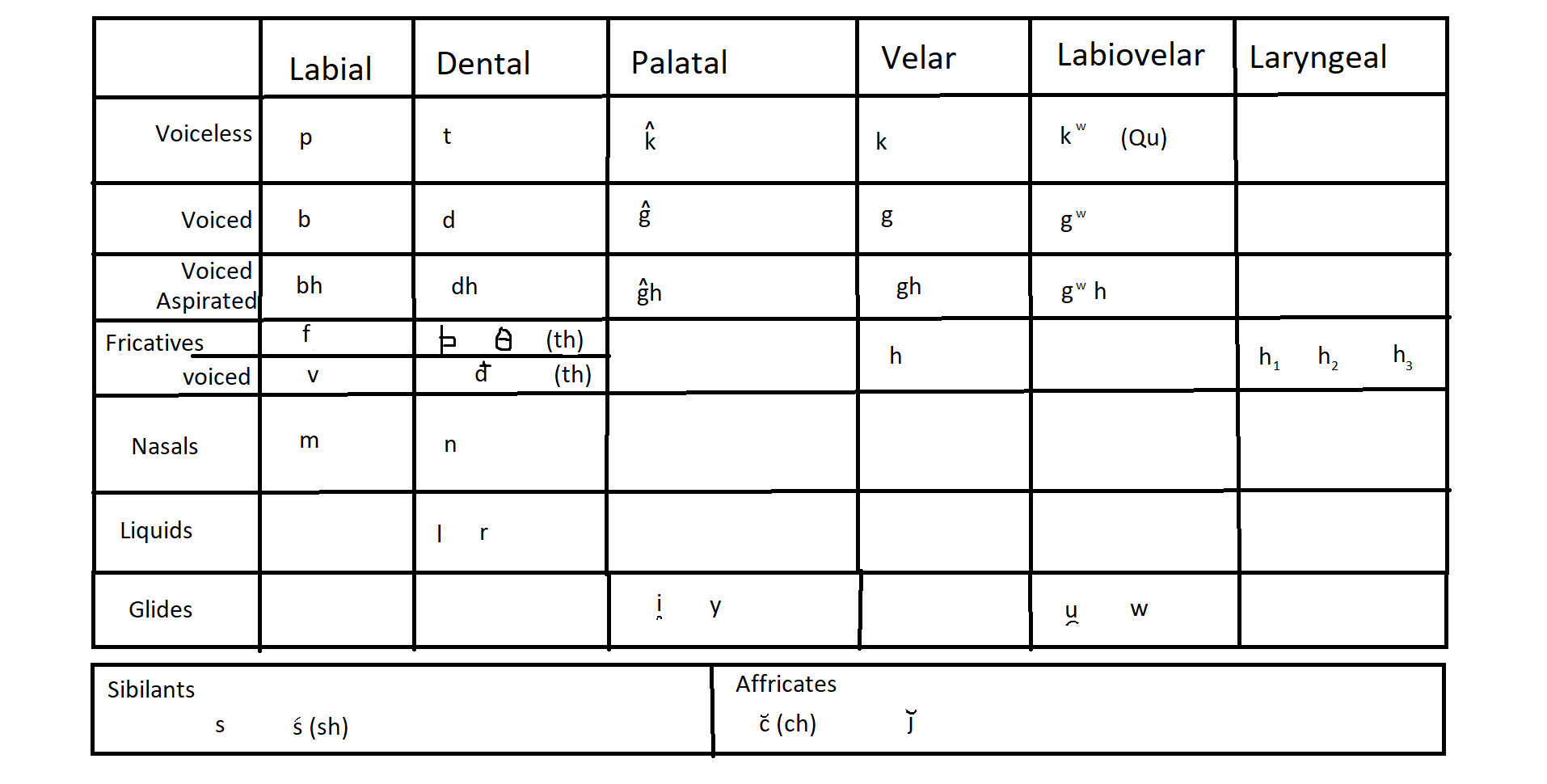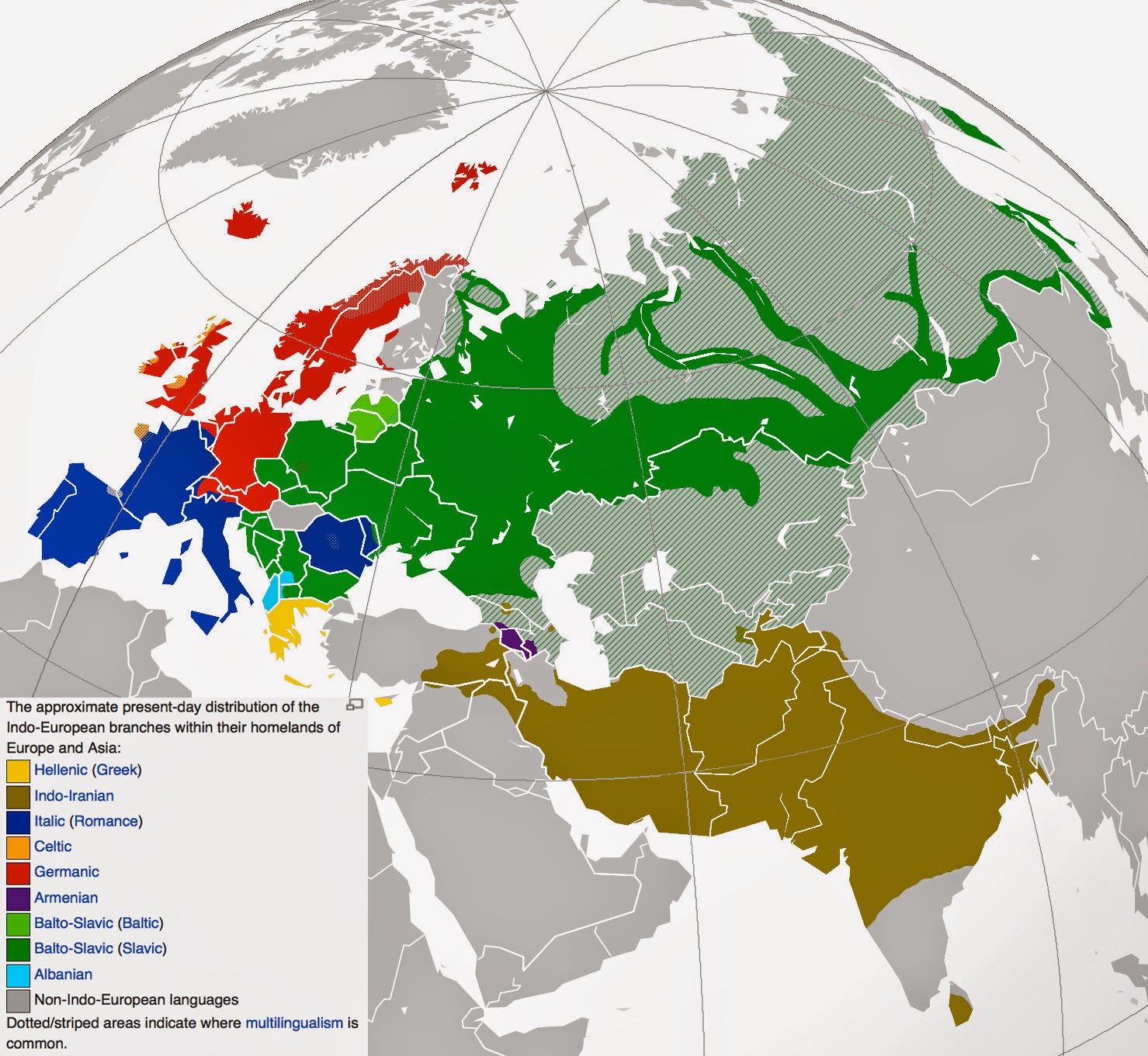Congratulations! You as an English speaker can use PIE power to learn other IE languages!
Proto-Indo-European (PIE) is the reconstructed ancestor language of the Indo-European (IE) Languages (the largest language group in the world) spoken across Europe and Asia. This proto-language gives us a fuller understanding of historical peoples, but can also be applied practically by descendent speakers to learning other languages.
(check which branch your language is apart of here!)
My Language Specific Pages:
English
Latin, Spanish and Galego
Sanskrit and Hindi
The International Phonetic Alphabet (IPA)
IPA is used when reconstructing PIE. It's helpful in recognizing sounds of your own language and equivalents in others so that you can identify shared vocabulary roots without a writing barrier.
To know for IE:
 Pronunciations:
What are laryngeals?
Laryngeals were fricatives made in the back of the throat (think Spanish "j" like in "jugar") but we aren't exactly sure how they were pronounced. Laryngeals ARE important though---depending on the language they can either get lost, get vocalized, or colour surrounding vowels.
Centum vs. Satem Languages
IE langs. can be categorized as Centum or Satem depending on their palatization of the palatal velar stop (k with a ^). The original PIE word is:
Pronunciations:
What are laryngeals?
Laryngeals were fricatives made in the back of the throat (think Spanish "j" like in "jugar") but we aren't exactly sure how they were pronounced. Laryngeals ARE important though---depending on the language they can either get lost, get vocalized, or colour surrounding vowels.
Centum vs. Satem Languages
IE langs. can be categorized as Centum or Satem depending on their palatization of the palatal velar stop (k with a ^). The original PIE word is:
![]() In Latin and other Centum languages the palatal velar merges with the velar stop (k). Thus "centum". In the Satem languages, the palatal velar is assibiliated to a siblant (s) producing "satem". Let's try it out! Take the PIE word and make the Centum and Satem versions (just the consonant!)
example:
In Latin and other Centum languages the palatal velar merges with the velar stop (k). Thus "centum". In the Satem languages, the palatal velar is assibiliated to a siblant (s) producing "satem". Let's try it out! Take the PIE word and make the Centum and Satem versions (just the consonant!)
example:





